EigenLayer Airdrop Strategy III: Liquid Restaking with ezETH by Renzo
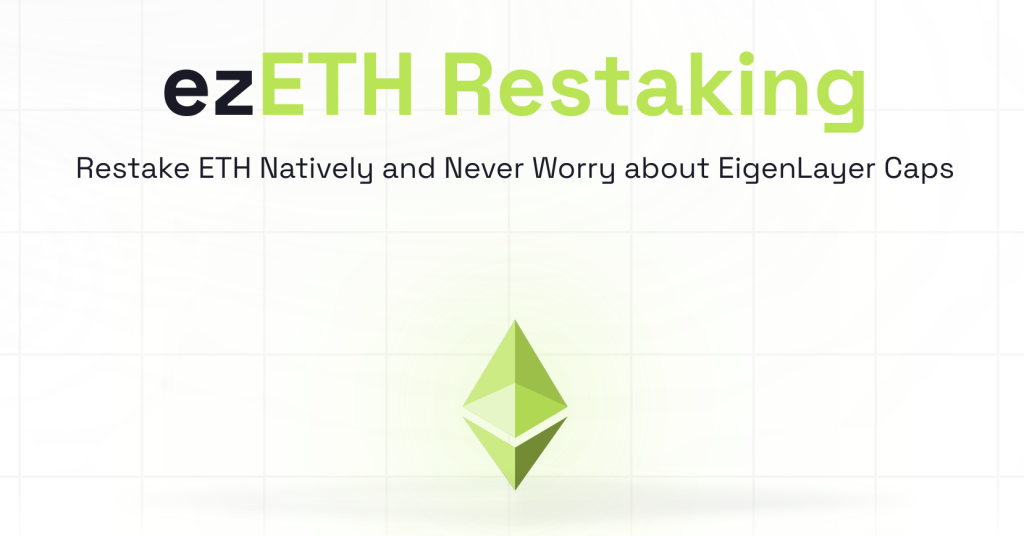
Before we get started, this is not a recommendation or endorsement to buy any token(s) mentioned.
This will be the final installment of our three-part series for playing the EigenLayer airdrop with a newer DeFi primitive called Liquid Restaking Tokens (LRTs).
EigenLayer, known for introducing restaking on Ethereum, is a primitive in crypto-economic security enabling the reuse of ETH on the consensus layer. While anyone can deposit a liquid staking token (LST) into EigenLayer smart contracts to restake their LST and extend crypto-economic security to other applications on the network to earn additional rewards, LRTs present a better way for LST holders to earn yield while maintaining a transferable utility token they can use in DeFi.
In my last post, we covered rsETH by Kelp DAO. Restakers can deposit their stETH or ETHx to mint rsETH tokens for fractional ownership of the underlying assets while rsETH contracts distribute the deposited tokens to different Node Operators that operate within the Kelp DAO. However since publishing that guide, rsETH no longer allows for new deposits due to the caps being filled on EigenLayer.
Different than rsETH, the newest native liquid restaking token to launch is ezETH by Renzo Protocol. Renzo has attracted over $22M in ETH since mid-December.
ezETH has a similar all-in-one token design to make ETH staking and LST restaking easy for users. ezETH is able to circumvent the caps on EigenLayer by pooling ETH to form an EigenPod and deposit 32 ETH to activate an Ethereum validator.
However, ezETH does not allow for withdrawals or transfers yet, offers a lower yield than eETH by ether.fi (2.86% APR as of this writing), and currently




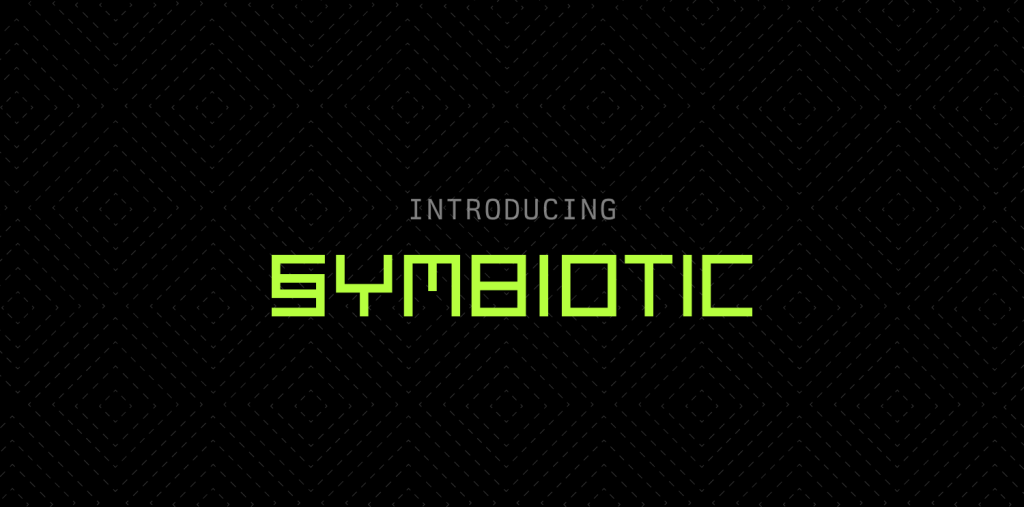
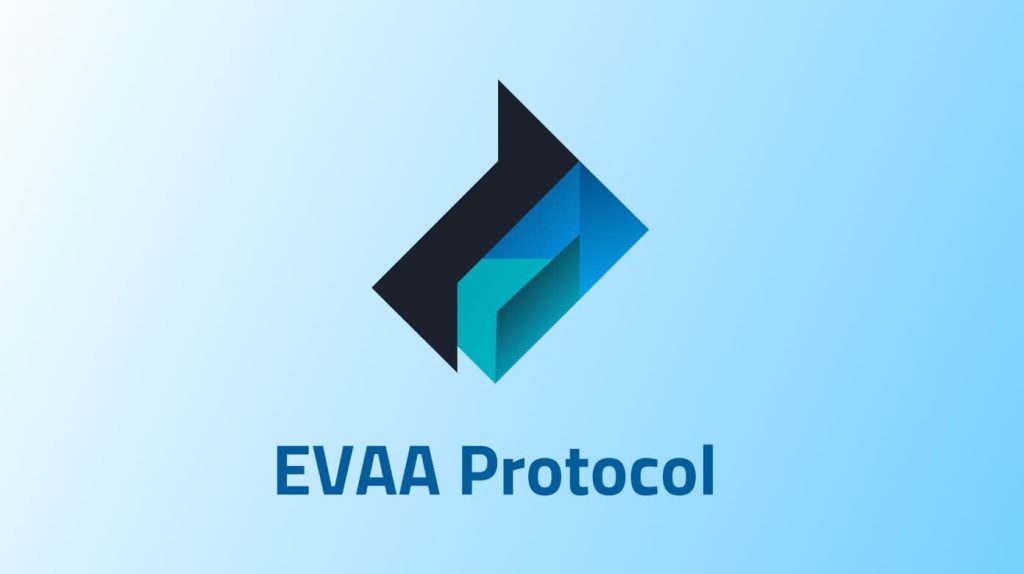
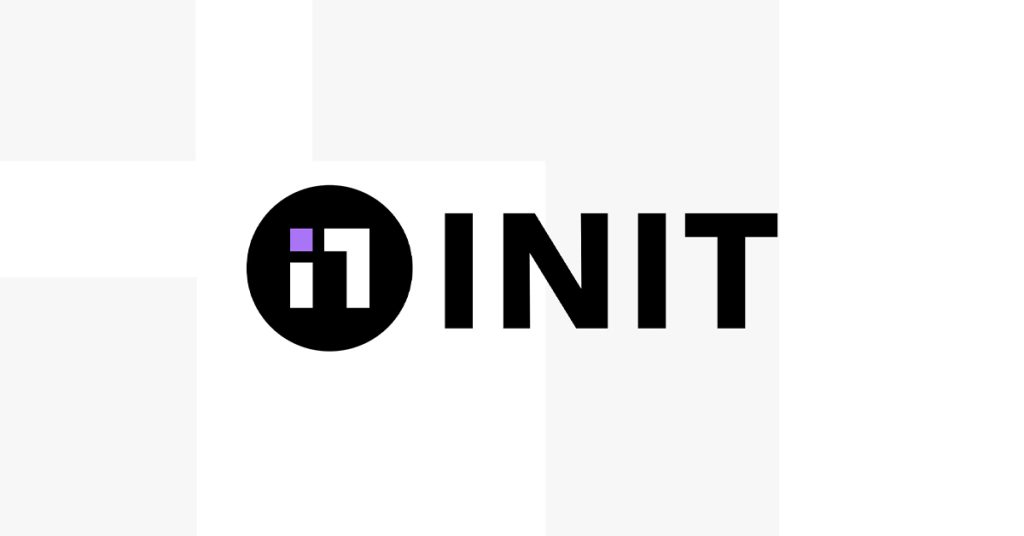

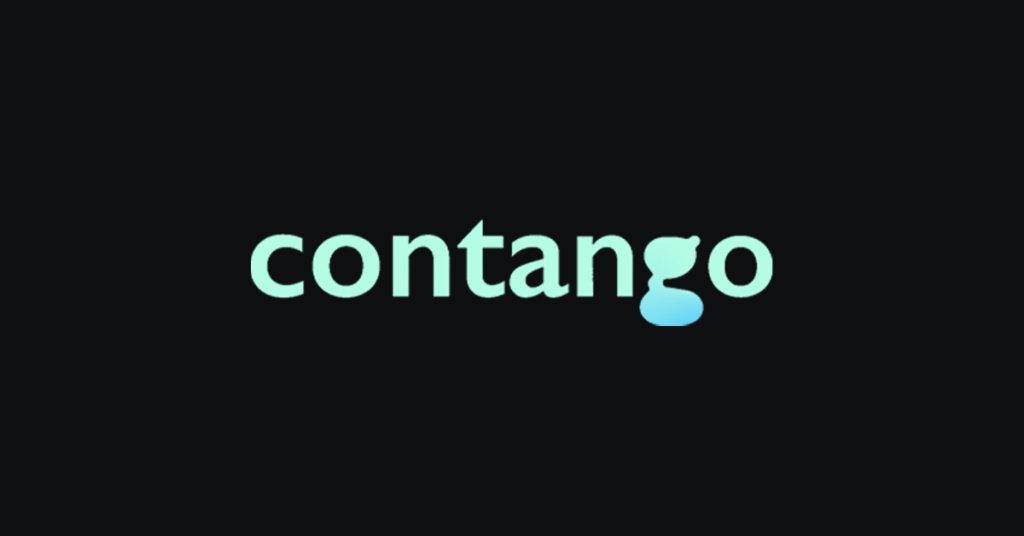

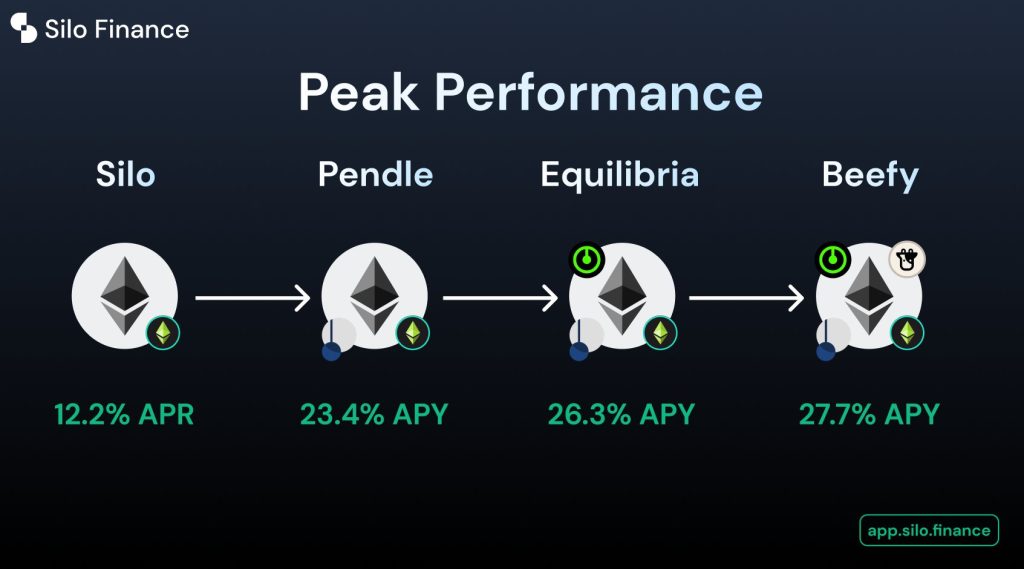
Responses